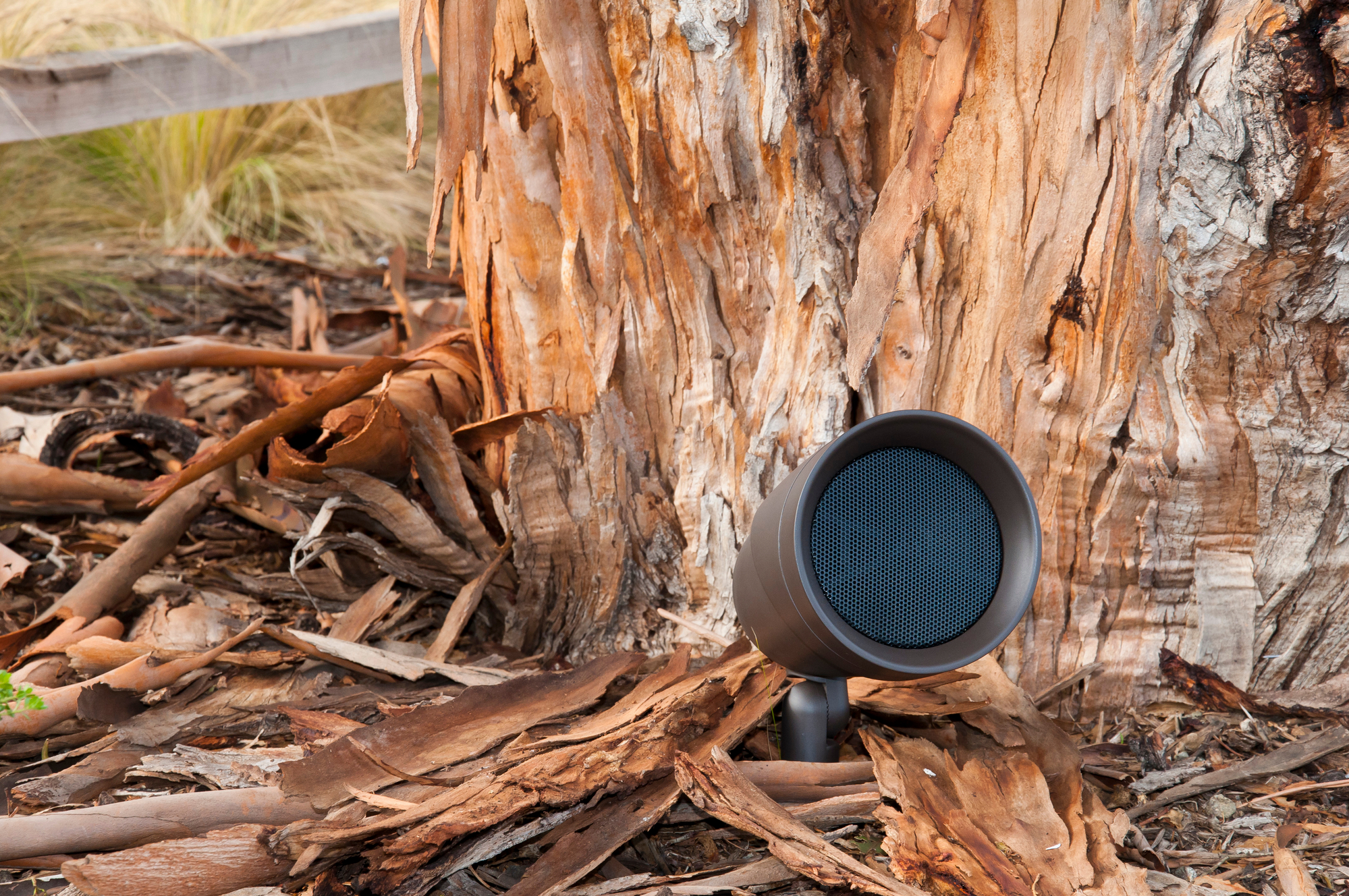Preserving Your Gear with a UPS and Surge Protection Devices
You insure your vehicles. You insure your home. These are major investments that can be costly to repair or replace. It only makes sense for you to protect yourself against potential unforeseen expenses.
If you’ve invested in a nice audio/video or automation system for your home or business, it makes sense to protect that investment, as well. One of the most important ways to do that is with a high-quality UPS (uninterruptible power supply) and surge protection products.
As technology integrators, our team at AV Design Consultants get requests for service and support on clients’ AV systems all the time. A high number of those equipment issues and failures aren’t because of bad or defective electronics, they’re often due to electrical issues that have adversely impacted the system, either through a catastrophic surge event, power outage, or even small, persistent power issues that can degrade electronics over time.
Fortunately, there are ways to minimize or even eliminate these issues via a well-designed, power-management system using surge protection and UPS products.
Now You’re Protecting with Power
First off, it’s important not to confuse surge protectors with power strips. A power strip might look like a surge protector, but it does nothing to keep your electronics safe from a surge. Its only real purpose is to expand a single outlet into multiple outlets that you can plug into.
Smart TVs, cable boxes, modems, laptops, and home-automation processors all have myriad computer chips and circuit boards that are especially susceptible to damage when hit by power spikes. This is why a true surge protector device might be the difference between a brand-new surround-sound receiver reliably rocking your home theater for years, or it becoming a very big and expensive paper weight.
Quality surge protectors act as a buffer between your electronics and the electricity coming out of your wall outlet. They defend your electronic devices from voltage inconsistencies and spikes by rerouting that excess energy, thus ensuring that only the normal amount of electricity will pass through your device.

Certified Power
When choosing a surge protection system, you should, at the very least, ensure that the product is UL Certified. While a UL (Underwriters Laboratory) certification doesn’t guarantee that a product is high quality, it will at least indicate that it is a true surge protection device and meets minimum safety standards. Additionally, a VPR (Voltage Protection Rating) will be listed, which will give an objective idea as to the product’s protection capability.
We generally think about electrical spikes or surges coming through an electrical outlet. However, it’s common for excessive voltage to sneak into the system by getting around the electrical system. Transient surges may enter the system via any conductive metal wiring that you may find connected to things, such as:
- Pool Controllers
- Outdoor Speakers
- Gate Controllers
- Cable or Internet lines
- Phone lines
It’s important to ensure that your surge-protection system is designed to guard against these back doors into the system, not just the electrical outlets. That’s why we always make sure to include surge protection in all systems we design – just give us a call today at 479-365-2201 and we’d be glad to talk about our system design and protection options.
Further Power Protection
Today’s home technology systems also benefit from having an uninterruptible power supply, or battery backup, to provide temporary power to critical devices. Computers, cable boxes, media streamers, and smart home controllers often don’t respond well to a power outage or even a small blip. Even if your home has a generator, it will typically not engage quickly enough to protect some devices from locking up or losing settings.
Fortunately, many surge protectors and UPS devices are now network connected. This allows for your smart home to become just a little bit smarter and more reliable. When these devices are connected to the internet, your technology integrator may be able to check the status of your plugged-in devices, without having to visit your home. They may even be able to remotely reset certain devices to resolve minor issues in the system.
There are also many devices -- routers, media streamers, cable boxes -- that benefit from being power cycled from time to time … just like it’s good to reboot your laptop every once in a while. Utilizing these network-connected devices, we can proactively schedule occasional reboots to occur at a time of low or no usage, such as every Tuesday at 3 a.m. This effectively clears the digital cobwebs and helps to keep your system running smoothly.
While adding surge protection will ideally ensure that you don’t experience any equipment damage or failure due to electrical spikes, some surges, like very close lightning strikes, are simply too powerful to be completely stopped. Thankfully, some surge-protection manufacturers offer an additional layer of insurance in the event of a catastrophic strike that fries all of your precious gear.
They do this by financially insuring your properly connected equipment up to a specified cap, often thousands or even tens of thousands of dollars’ worth of protection, so that you can replace damaged gear with no out of pocket expense. Keeping an eye on such insurance is good practice for all homeowners when shopping for surge protection!
Given the potential risks to your electronics, it’s a no-brainer to make sure you’re protected. We can help incorporate the right set of products into your system to insure the long term reliability of your system for years to come – just give us a call at 479-365-2201 and we can go over all of your options to keeping your smart home safe and surge-free.
When you subscribe to the blog, we will send you an e-mail when there are new updates on the site so you wouldn't miss them.





